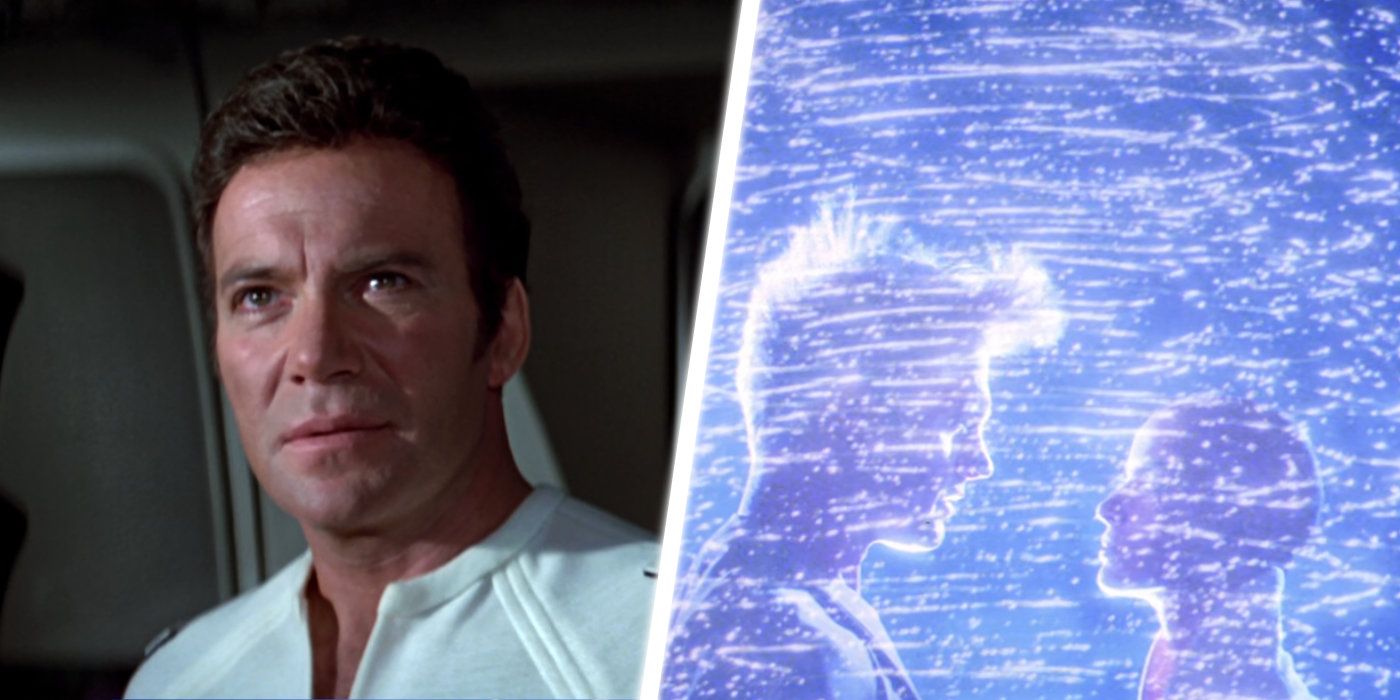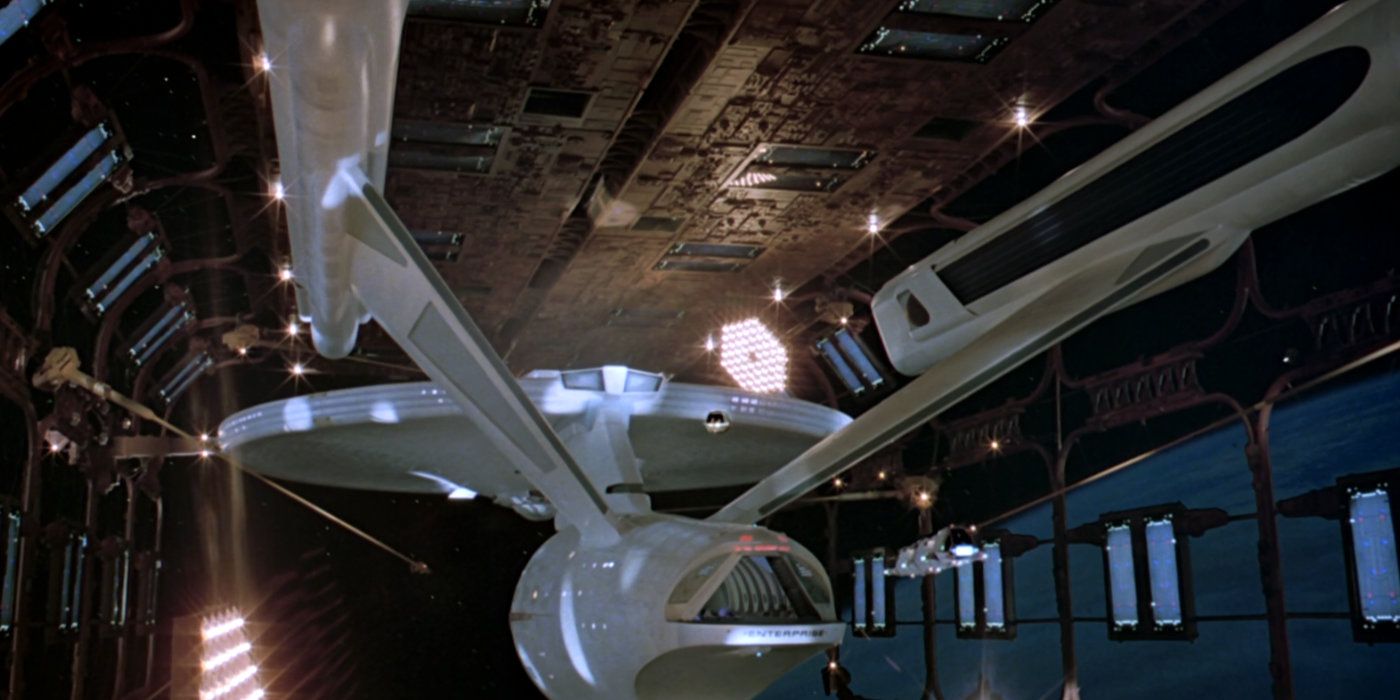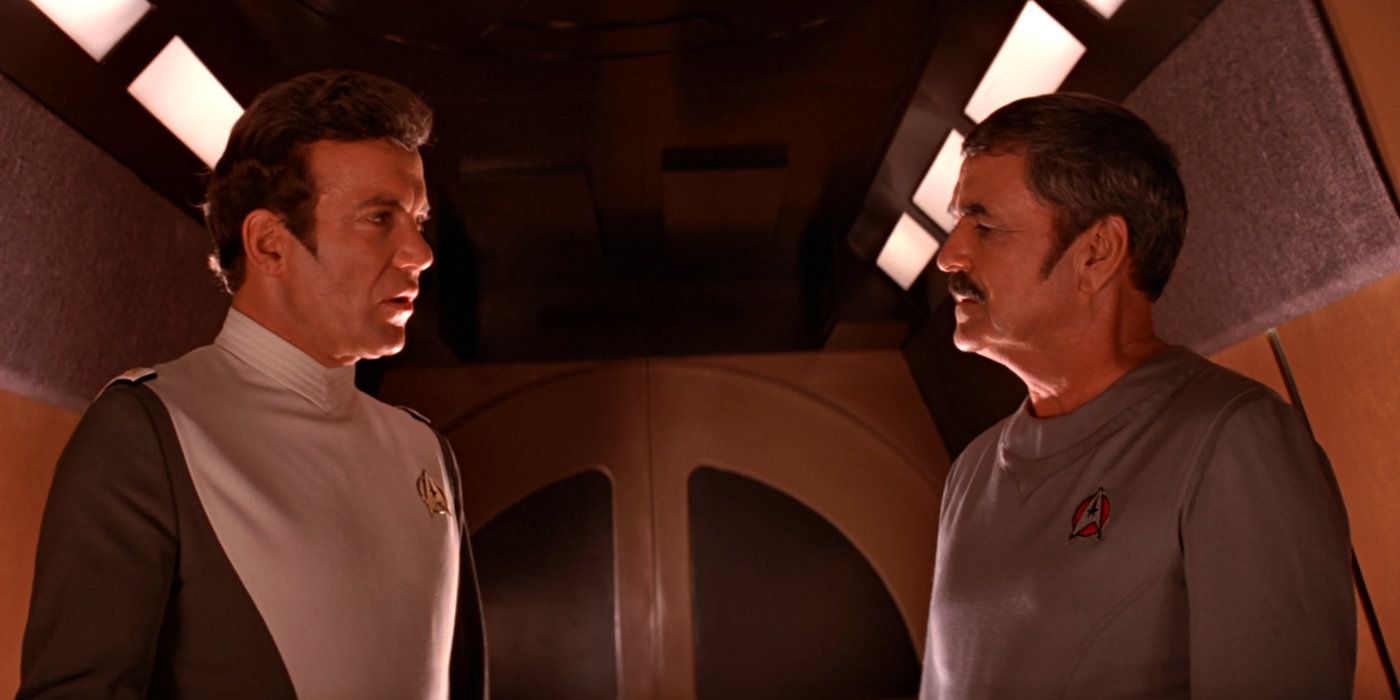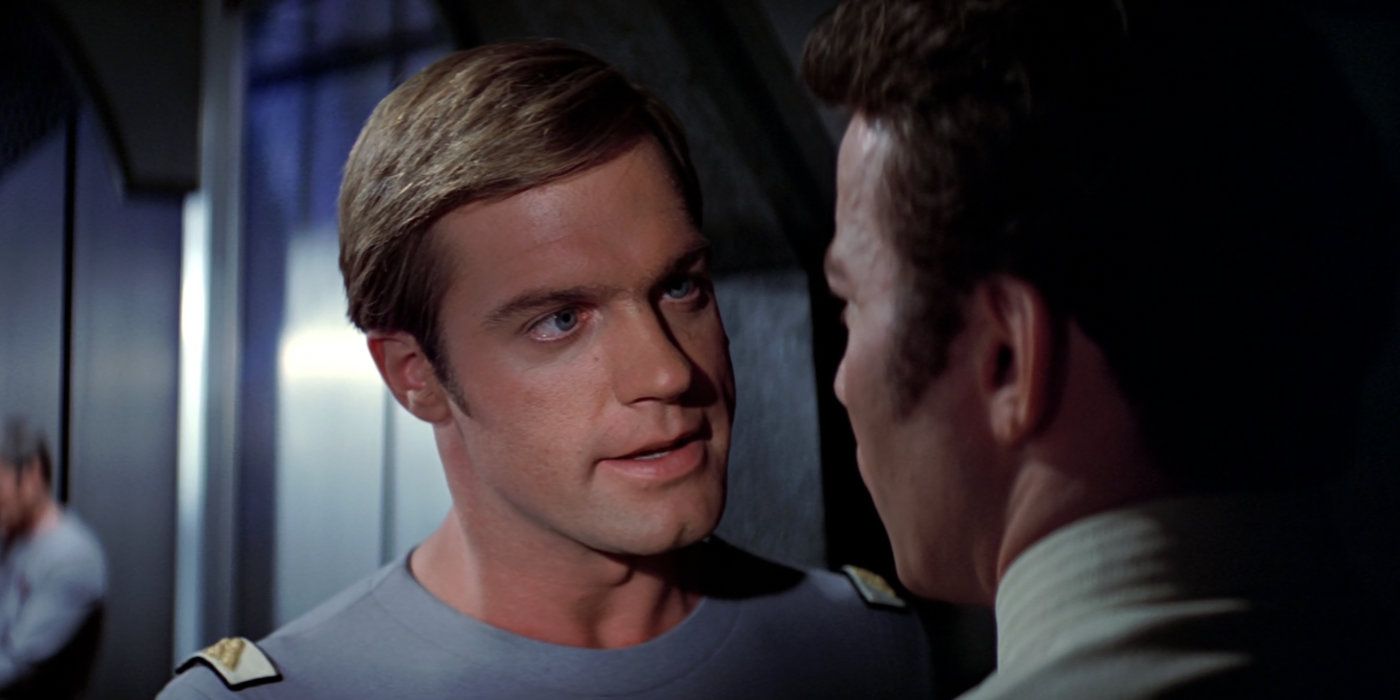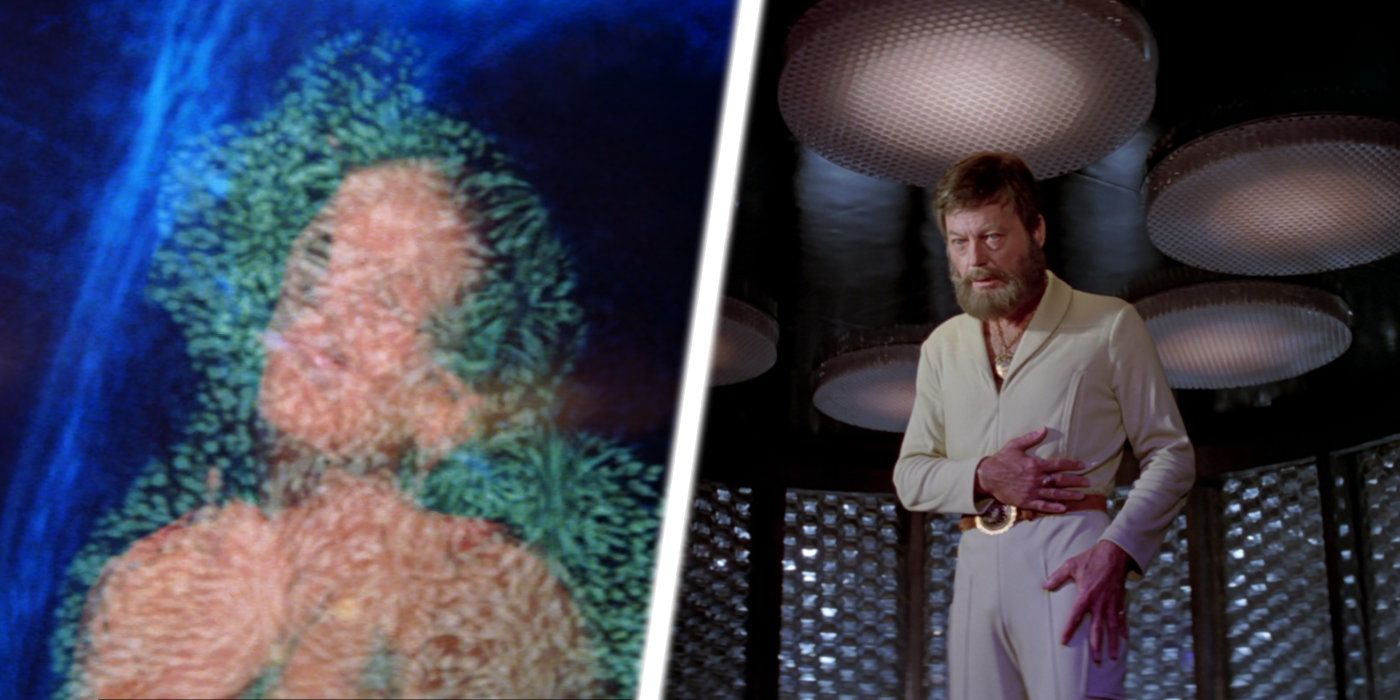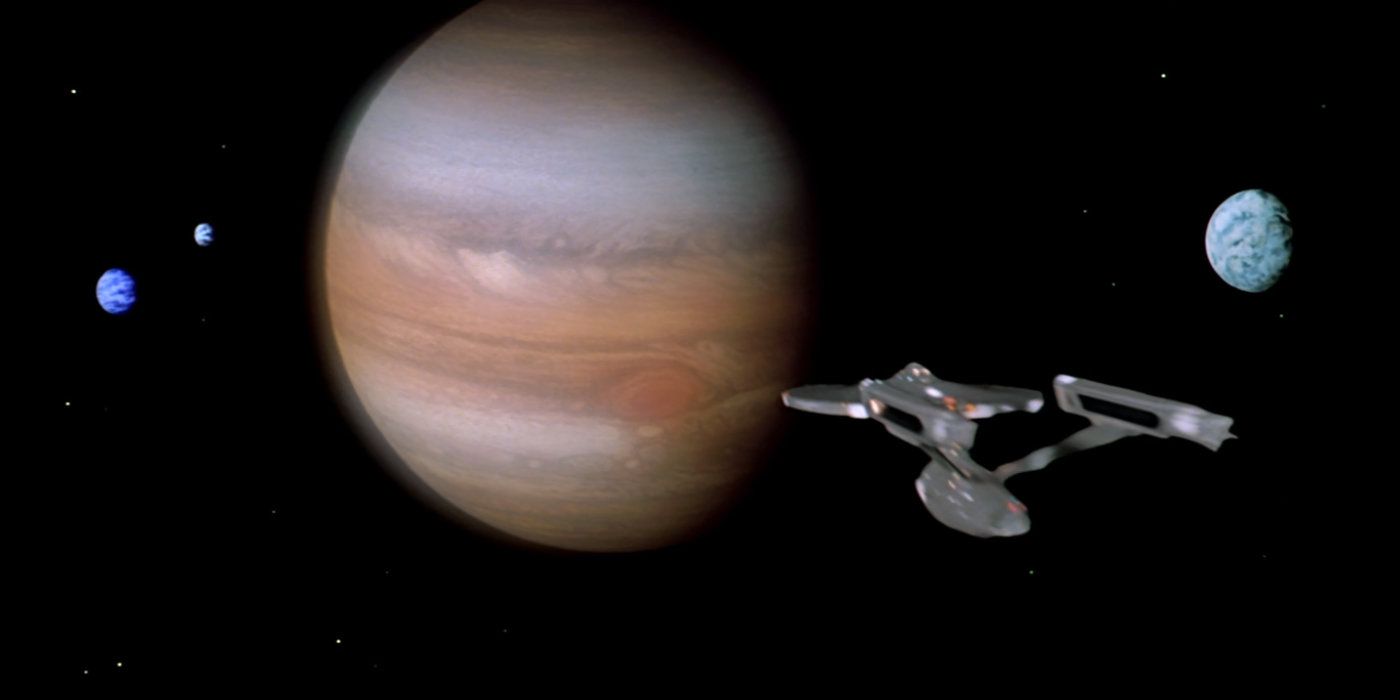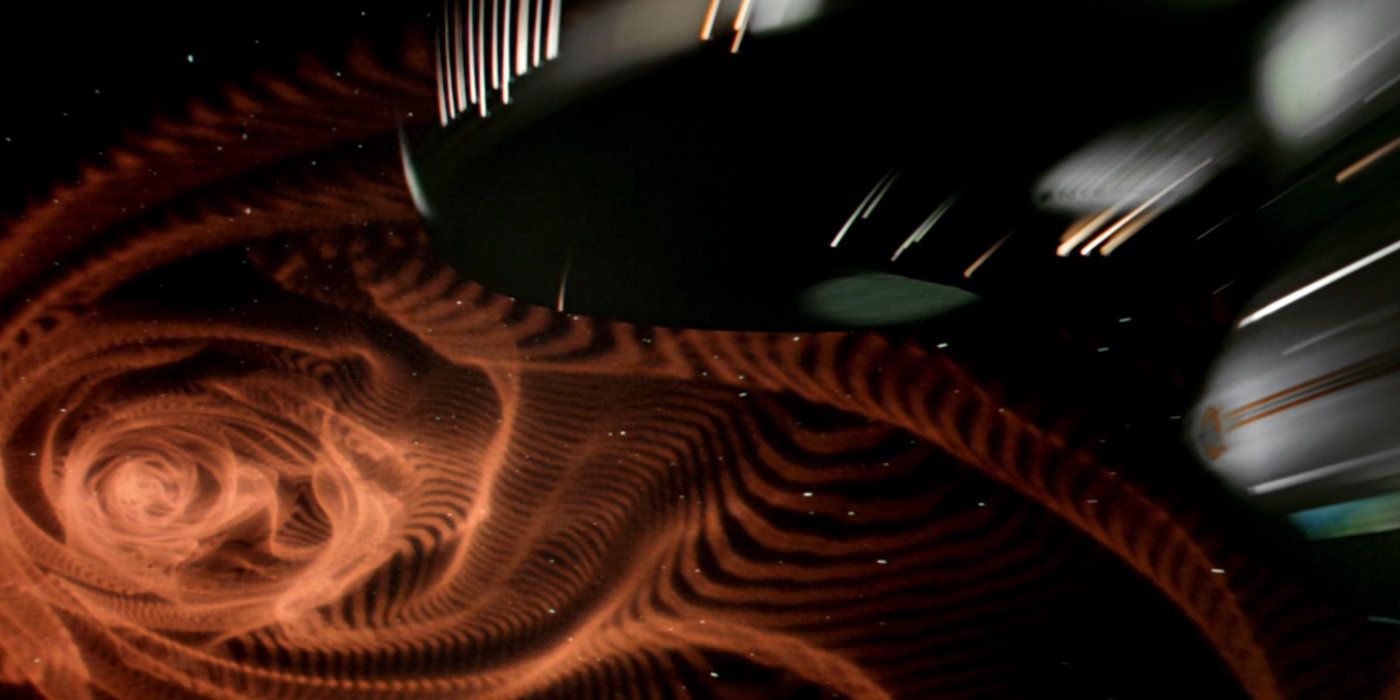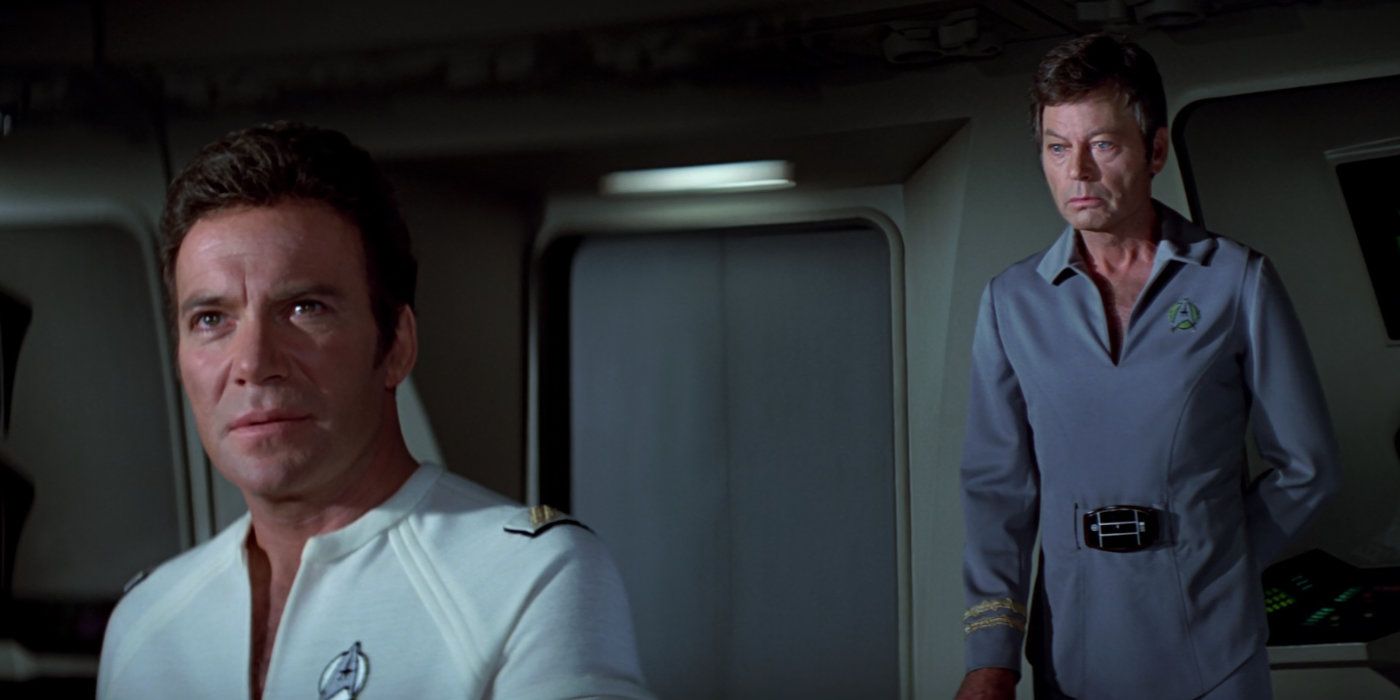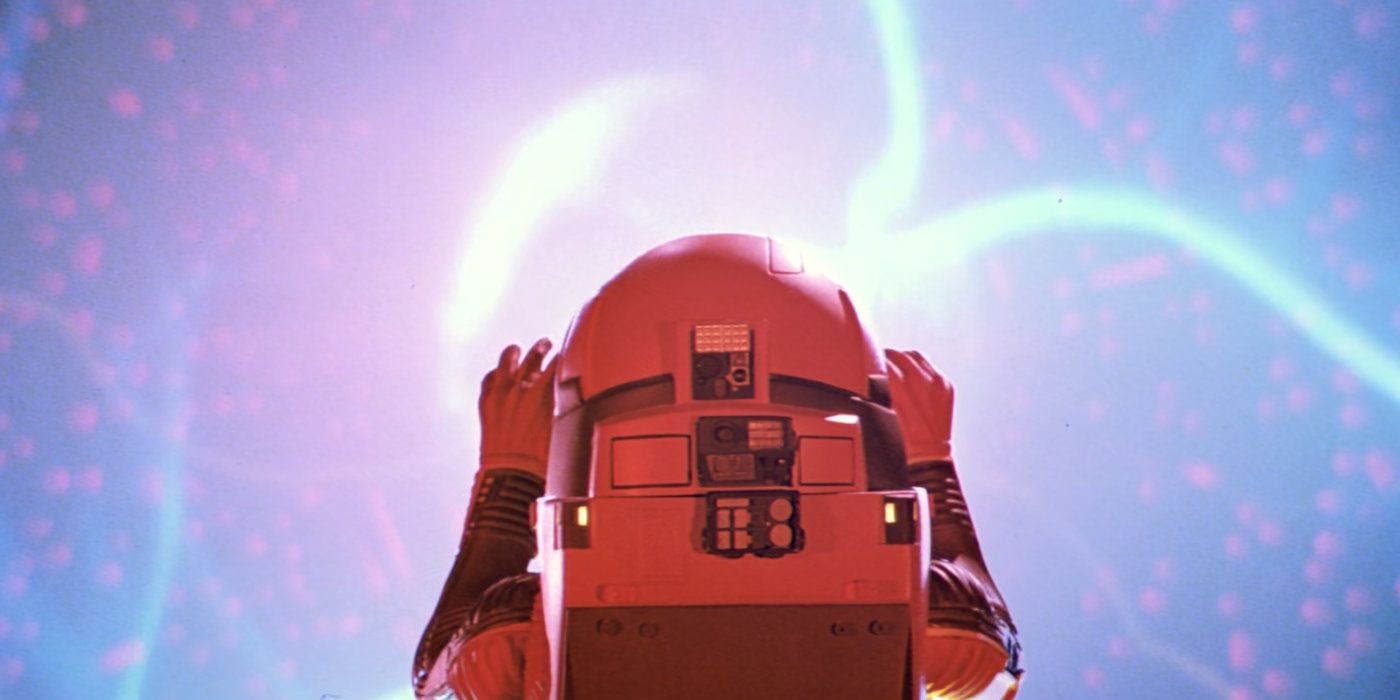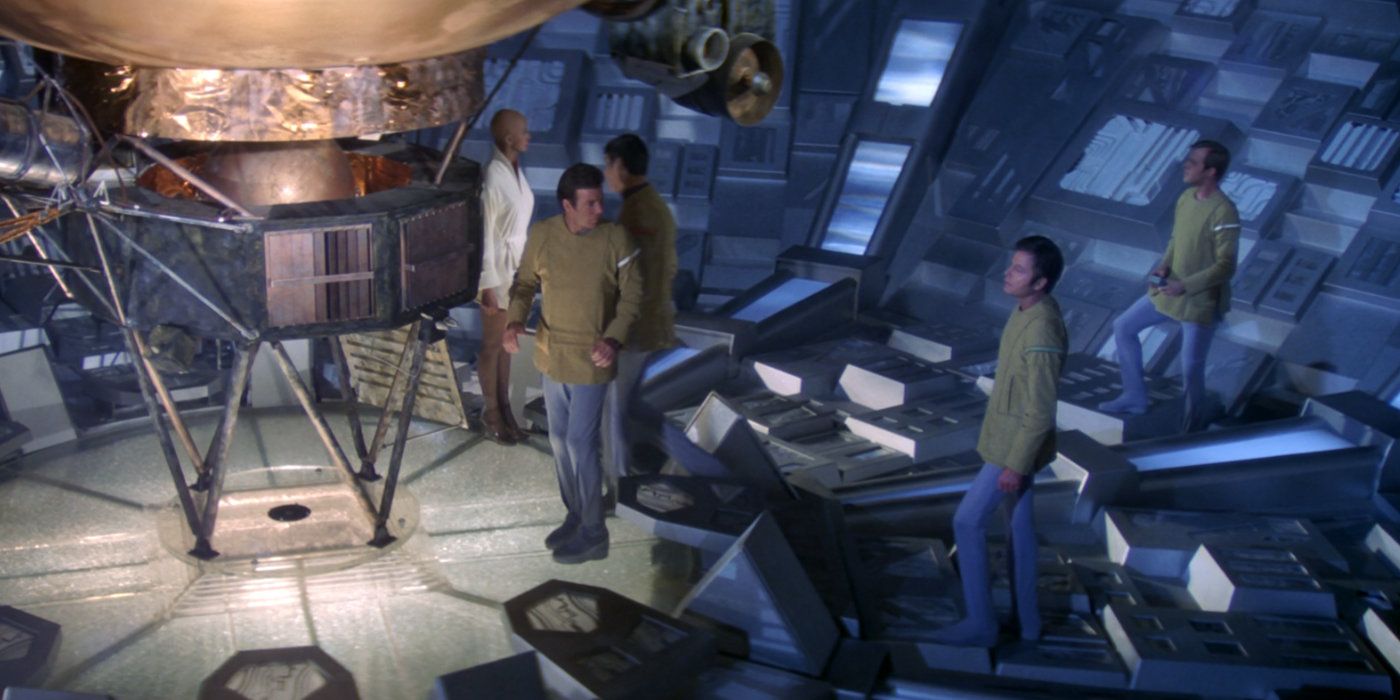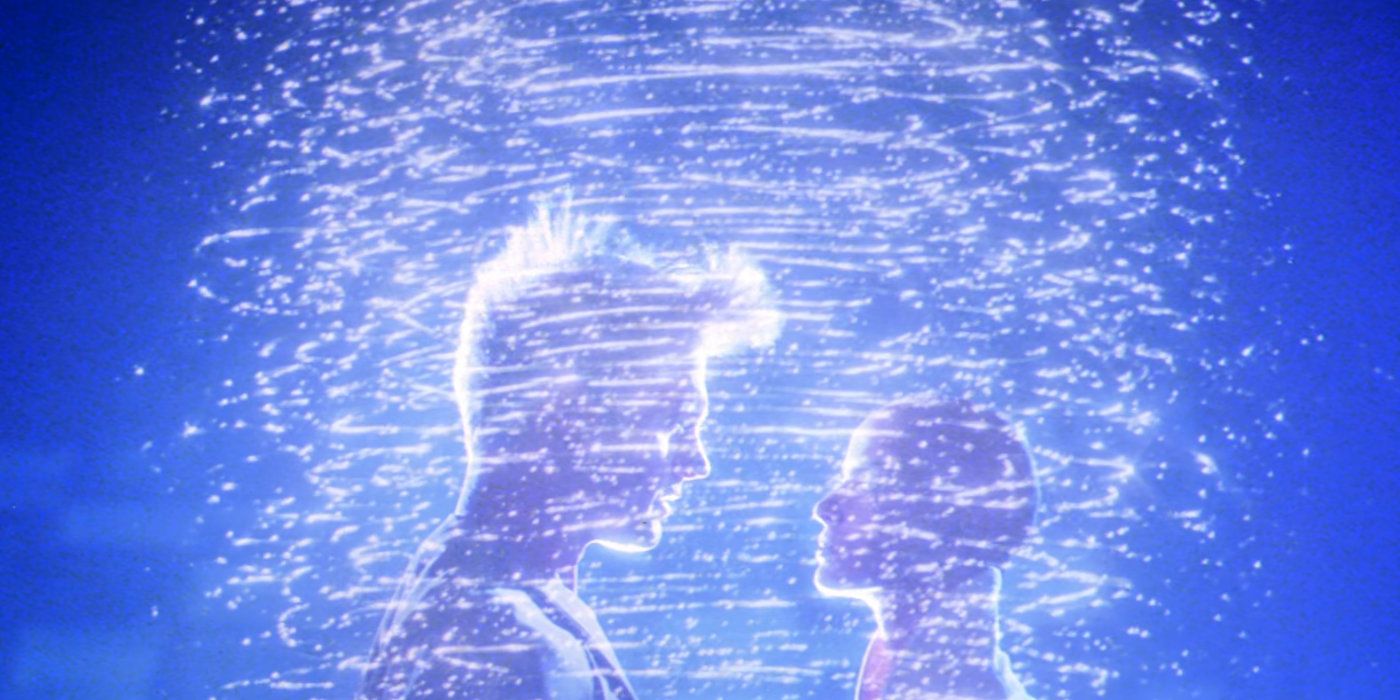Long after the original Star Trek television series went off the air during the 1960s, fan devotion kept the spirit of Gene Roddenberry's franchise alive and well, straight into the 1970s. Eventually, Roddenberry thought it was time to revisit a follow-up series that would be called Star Trek: Phase II, with a pilot scheduled to shoot.
Eventually, the idea was scrapped in favor of a feature film that brought back the crew of the fabled starship Enterprise for a big-screen treatment. It remains as controversial today as it did back then, and is notable for how many weird plot holes and nonsensical story devices used to bring it to life. While a visual and technical masterpiece, Star Trek: The Motion Picture deserves scrutiny for a laundry list of things that just don't make sense.
Long, Agonizing Shots
While Star Trek: The Motion Picture was largely panned by critics and fans, there's an argument to be made that there's quite a good movie in there, buried underneath the fluff. Part of the problem involves succumbing to the trappings of 1970s sci-fi cinema clichés, which usually involve a hefty dose of artsy pretentiousness.
This film is no different, and it plays out in all the wrong ways, beginning with an agonizingly slow first act that spends more time gawking at the exterior of the Enterprise in space dock than it does setting up the story. In fact, the Enterprise doesn't even get underway until 36 minutes after the film begins.
The "Only Ship In Range" Cliché
The Motion Picture kicked off a rather hilarious plot device that would end up getting recycled countless times throughout subsequent sequels. Whenever a catastrophe looms on the horizon, the Enterprise seems to be the only ship in range capable of intercepting and dealing with it. By the time Star Trek V rolled around, this plot device had worn itself out, and then some.
It's ironic that for an organization comprised of hundreds of starships deployed all over the mapped galaxy that only one would end up being in range during a major threat. Even if that were so, there should be at least several others who could provide backup by jumping to maximum warp, even if they arrived a little late.
Uncouth Starfleet
While the V'ger threat did appear out of nowhere, giving Starfleet little time to react, it seems odd that they would have given Kirk command of the Enterprise over the authority of its current Captain, without even consulting him first. Kirk arrives, approaches Captain Will Decker, and gives him the news in blunt fashion.
Understandably, Decker is rather upset. Anyone would be, especially given that Starfleet saw fit to dismiss going through proper channels and delivering the orders to Decker, prior to Kirk's arrival. It could be argued that Kirk's rank of Admiral would kill two birds with one stone, but the suddenness seems rather odd, especially given that Kirk himself lobbied hard for the assignment.
The Transporter Conundrum
For a ship in such disarray as the Enterprise was at the beginning of the movie, it seemed incomprehensible that it should be sent out to deal with a mega-galactic threat like V'ger. The proof came early when an engineering imbalance caused a transporter malfunction that caused the horrible deaths of two officers.
Shortly thereafter, Kirk forcibly beams Doctor McCoy onto the ship against his will, as if the incident never happened. While it's possible that the technical glitch in question was probably fixed, it seems a little odd to just jump back into the swing of things so soon after the accident. Surely more safeguards and testing would have been appropriate.
The Planet Flyby Shot
While the 70s was an interesting time for sci-fi movies, especially in terms of visuals, it's difficult to hold back the laughter when particular shots throw common sense and fact right out the window. This occurs during a brief shot shortly after the Enterprise leaves space dock, and makes its way through our solar system.
During this scene, all the planets of the Milky Way can be seen in one single shot, in close proximity to one another. It's completely devoid of logic and rationale, but it does make for one amusing and head-scratching Trek moment.
The Wormhole
According to subsequent Star Trek lore, wormholes are something of a rare phenomenon, and therefore quite extraordinary once located. Several wormholes are mentioned throughout the franchise, the most notable being the stable wormhole near Deep Space Nine, which leads into the Gamma Quadrant.
In this film, the Enterprise flies straight into a wormhole due to an imbalance in the warp engines. It happens with such ease that it's a wonder why they're considered so rare in the first place. Granted, no one would consciously want to enter such a wormhole of their own accord, but it doesn't add up.
McCoy's Bridge Visits
In two scenes during the film when the Enterprise proceeds into V'ger's interior structure, the ever-dashing Doctor Leonard McCoy can be seen visiting the bridge section to gaze along at what's happening, along with the rest of the crew. He offers no lines, then turns and promptly exits the bridge via the turbolift.
It's not known why the character even bothers to show up, since he has no lines or anything of value to offer, aside from simply making a character appearance. Given the rather strenuous amount of time taken on many of the exterior V'ger shots, surely his dialogue could have livened things up a bit.
The Mind Meld
One of the most memorable scenes of the film shows fan-favorite TOS character Spock leaving the Enterprise in a spacesuit to engage in a mind-meld with V'ger. While it is a rather powerful scene, it's completely pointless given the situation. While Vulcans can engage in mind melds without direct physical contact (hence his ability to meld through his gloves), it seems incomprehensible that he'd need to.
After all, Spock sensed V'ger's incredible presence from light-years away on his home planet of Vulcan. When the Enterprise is drawn into V'ger's core, Spock should have had no reason whatsoever to mind-meld, given the strength of a telepathic connection that would have undoubtedly been amplified by the close proximity.
Mixed Signals
Star Trek: The Motion Picture trips up on one of its own plot devices when the final act of the film occurs. There, Kirk and the crew discover that V'ger is actually the Voyager 6 space probe sent from Earth centuries before, which had since gone farther than anyone thought possible, and accumulated incomprehensible sums of knowledge.
Kirk determines that V'ger is attempting to transmit information back to its "creator" on Earth, but the signal technology is far too primitive for modern humans to recognize. This stands in direct contradiction to an earlier scene in the movie when Spock discovers that V'ger is communicating using a linguistic form of communication so advanced, he'd have to recalibrate his instruments to properly catch up.
Merging With The Creator
The antagonistic A.I. known as V'ger makes it quite clear that it does not view carbon-based humans as "true life forms," which is why it's ready to purge Earth of all humanity. Stopping this threat means communicating with V'ger and helping it to understand who and what its Creator actually is. At no point is that established, however.
In essence, V'ger takes a chance by suddenly changing its mind, wanting to merge with its Creator. This just happens to be, according to Doctor McCoy, a human being. Will Decker confirms it, which is both a contradiction and a massive plot hole. V'ger ends up evolving by incorporating a human quality into its matrix, which it had spent most of the film downplaying as irrelevant.

